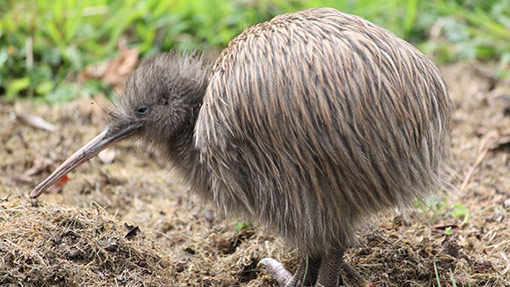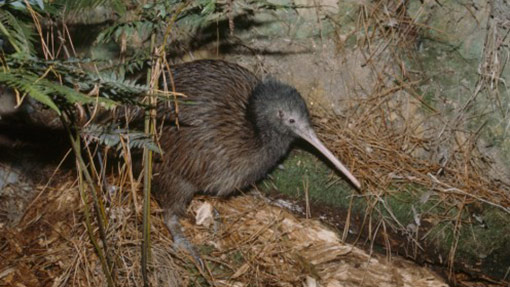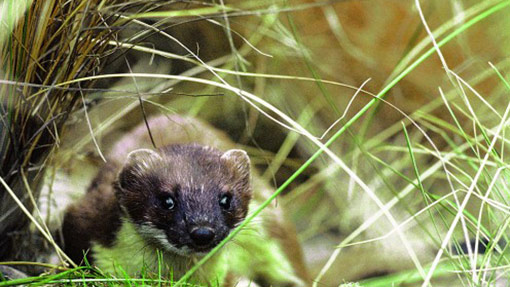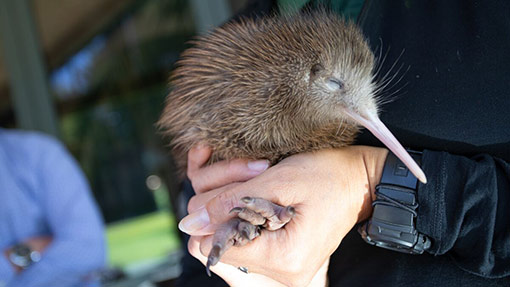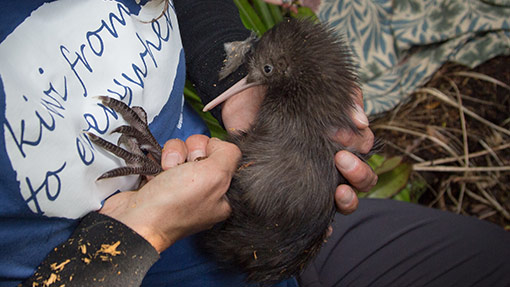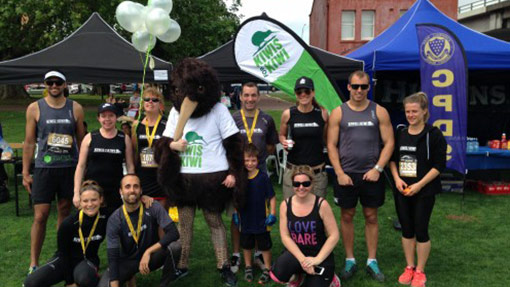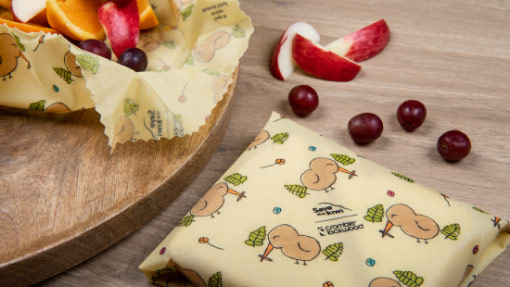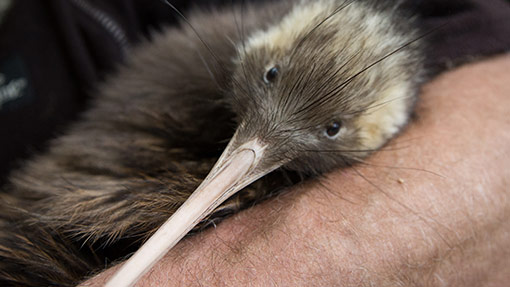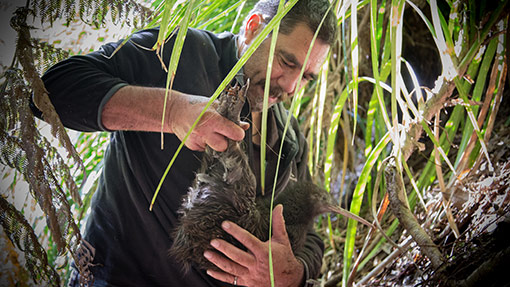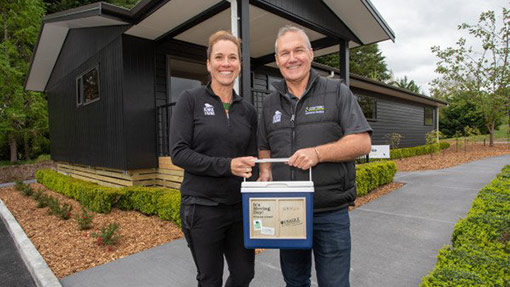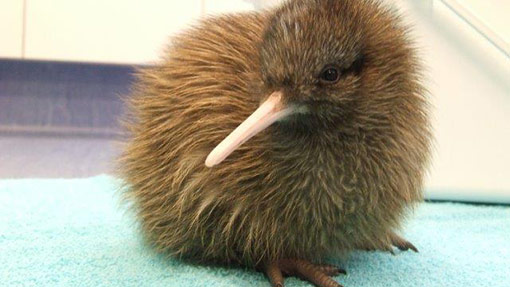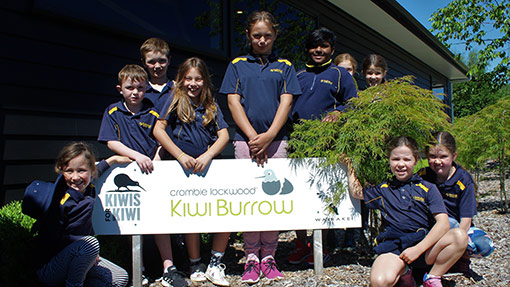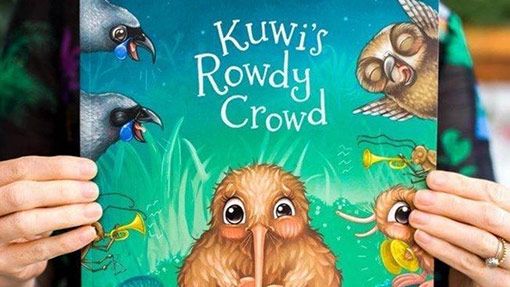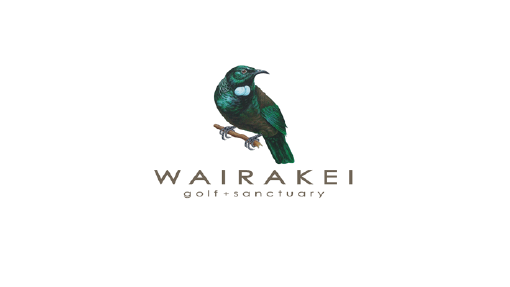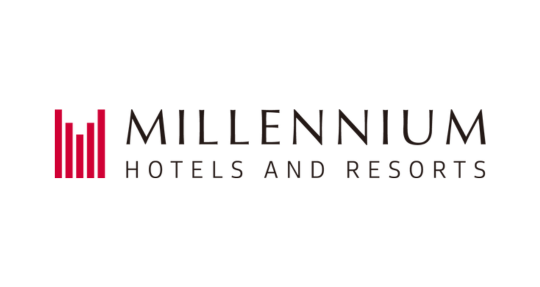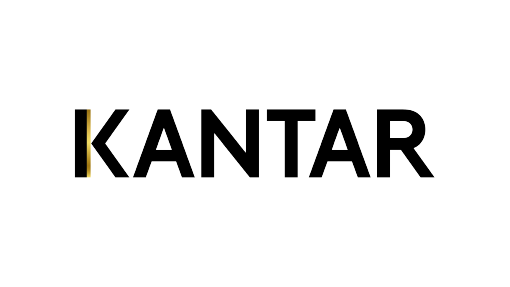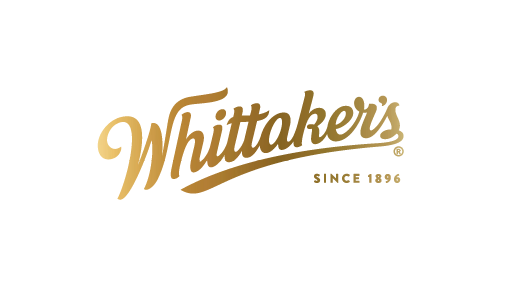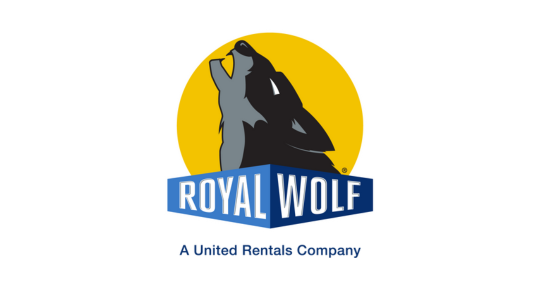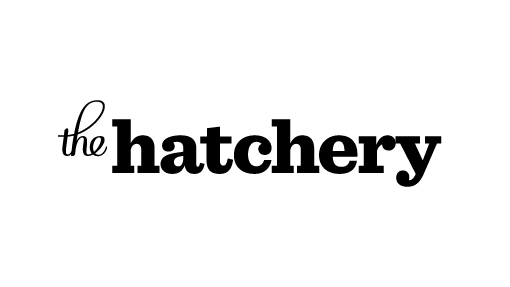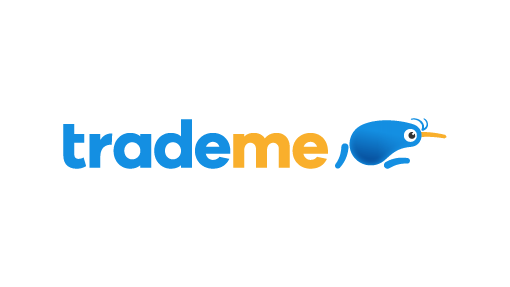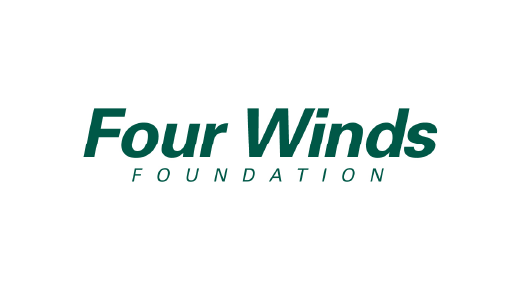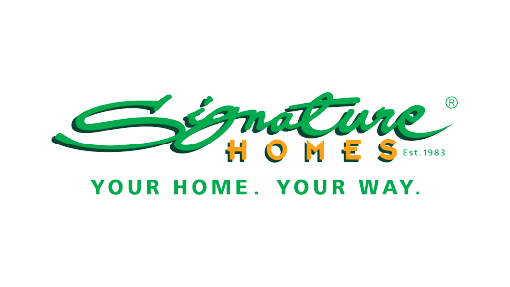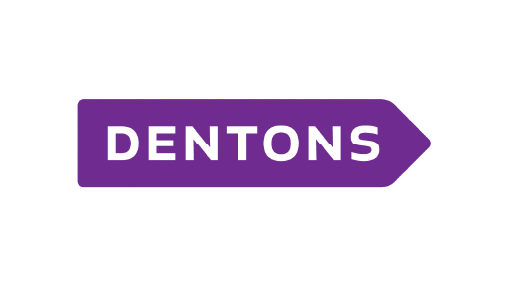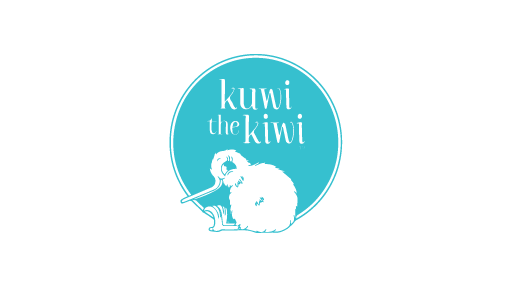Save the Kiwi is on a mission to save our national icon
I ngā rā o nehe, matomato ana te ora o te ngahere, ā, kurupākara te kauru o te ngahere i te waiata a ngā manu. Engari ngōki haere ana ngā ngārara i runga me raro i ngā kōhiwi o ngā rākau, te kaikai haere, e āta patu haere i ngā rākau nui o te ngahere mai i roto ki waho.
I tono a Tānemahuta rāua ko tana taina a Tānehokahoka ki ngā manu rērere i te takiwā kia heke mai i runga ka noho ki te papa ki te kai i ngā ngārara e patu nei i ngā rākau. I te mataku a Tūī i te pō, kāore a Pūkeko i hiahia kia mākū ōna waewae, ā, i te warea a Pīpīwharauroa me āna ki te āwhina. Engari kotahi te manu i whakaae kia wehe ia i tōna kōhanga me ōna hoa mō te ora o te wao nui a Tāne.
Ko te Kiwi taua manu. Ka whakarērea e Kiwi ōna parirau, tae tīahoaho, me tōna kōhanga i roto i ngā peka kia noho ki te papa o te ngahere makariri, pōuri, haukū mō te paunga o ōna rā. Nā tēnei whakahere nui me tōna whakaaro mō te katoa, ka noho koinei te manu rongonui rawa atu, e tino arohaina e ngā manu katoa.
I tēnei rā, i te tōnga o te rā i Aotearoa, i te putanga mai o ngā whetū ka takoto kau ana tātau i te pō, ka oreore a Kiwi, ka tū, ka āta whakaputa i tōna māhunga i tōna rua. Ka tatari, ka tirotiro, ka rapu kei hea ia. Kātahi ka puta i tōna rua ka haere i te pō, ki tāna mahi.
Engari i tēnei wā, ko te manu i whakarere i ōna parihau mō te painga o te wao nui a Tāne kei te raru. Ko te mōrearea onāianei ehara ko ngā ngārara engari ko ngā wīhara me ētahi atu konihi i heria mai i tāwāhi. Kua kore e haumaru te papa mō Kiwi ināianei. I te ao te pō, kei te noho mātakutaku a Kiwi.
I ngā wāhi kua tutuki ngā mahi, kei te hoki mai ngā kiwi ki Aotearoa. Engari kei te heke haere tonu te taupori kiwi ā-motu mā te 2% i ia tau, ā, he maha ngā tāngata o Aotearoa kei te noho kūare kei te noho tūpono tā tātau manu rongonui o te motu ki te korehāhā.
Kei te hiahia te kiwi kia āwhinatia e tātau.
Nā, me whakaora e tātau te kiwi.
Long ago, the forest flourished with life and the canopy was filled with birdsong. But insects from the ground crawled up and down the tree trunks, eating as they went, slowly killing the giants of the forest from the inside out.
Tānemahuta and his brother Tānehokahoka asked the birds of the air for a volunteer to leave the canopy and live on the ground to eat the bugs that were killing the trees. Tūī was scared of the dark, Pūkeko didn’t want to get his feet wet, and Pīpīwharauroa was just too busy to help. But one bird was prepared to leave his home and his friends for the sake of the rest of the forest.
That bird was Kiwi. Kiwi sacrificed his wings, bright colours, and home in the branches to reside on the cold, dark, damp forest floor for the rest of his days. And for his great sacrifice and selfless service, he became the most well-known and most loved bird of them all.
Today, as the sun sets over Aotearoa, as the stars come out and we all settle down for the night, Kiwi stirs, stands, and cautiously pokes his head out of a burrow. He pauses, looks around, gets his bearings. Then he rustles out of his burrow and away into the inky night, away to start his day.
But now, the bird that sacrificed his wings to serve the rest of the forest is in trouble. Stoats and other introduced predators have replaced insects as the threat. The ground is no longer safe for Kiwi. Day and night, Kiwi lives in fear.
Where the work is being done, kiwi are returning to Aotearoa. But the national kiwi population is still declining by 2% every year, and many New Zealanders have no idea that our national icon is in danger of disappearing from the wild altogether.
The kiwi needs our help.
Now, we need to save the kiwi.
The story behind Save the Kiwi
Kiwi used to thrive in Aotearoa for millennia and numbered in their millions, their piercing calls filling the inky night. But in just a few hundred years, widespread clearing of forest and introduced predators have seen kiwi numbers crash. Our forests, once loud with birdsong, are falling silent.
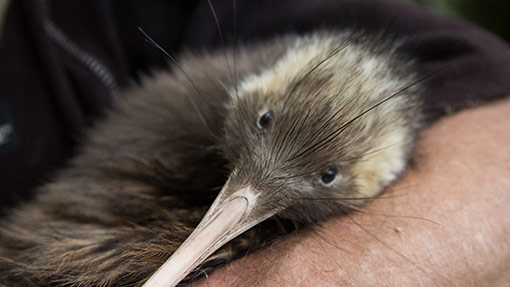
As a result, the kiwi population now hovers at around 68,000. Despite extensive conservation mahi, that number continues to drop nationally by 2% every year – that’s around 20 birds a week.
In areas where there is predator control, the rate of decline is slowing and some populations are even increasing. But much of Aotearoa’s forest remains unmanaged and therefore kiwi remain at significant risk due to predators.
Most New Zealanders have never seen a kiwi in the wild – we’re lucky if we’ve seen one behind glass. Despite it being an icon that we’ve become internationally recognised for, the kiwi is at very real risk of disappearing from the wild within a few centuries … and many of us have no idea.
Collaboration is key to everything Save the Kiwi does. We cannot do our work alone – and nor would we want to. Save the Kiwi works alongside iwi, conservation groups, communities, organisations, and the Department of Conservation Te Papa Atawhai to reverse the decline of the national kiwi population and create more kiwi-safe habitat all over Aotearoa. We work to bring increased awareness to the kiwi’s plight, how important this taonga is to our identity, and what people can do to help. We also run a kiwi breeding and repopulation programme in partnership with dedicated incubation, brooding, and crèching facilities around the North Island.
Behind the kaupapa
Save the Kiwi started out in 1991 as the BNZ Kiwi Recovery programme, a partnership between BNZ, the Department of Conservation, and the Royal Forest and Bird Protection Society. In 2002 we became the BNZ Save the Kiwi Trust. In 2012, we became Kiwis for kiwi. And in 2021 we reverted to Save the Kiwi as a literal nod to the daily mahi our teams, projects, and partners put into saving our national icon.
Strong relationships with whānau, hapū, and iwi are central to our work and we seek to build on the shared mahi currently undertaken. Save the Kiwi supports people at place via our Hapū Activator and Operations kaimahi, and works to support Māori participation and leadership in kiwi work.
Government partnership is key to our goals and successes too. We work hand in hand with the Department of Conservation, the Kiwi Recovery Group, and Predator Free 2050 Limited to align our missions and complement the hard work that each other and other organisations are doing to restore the kiwi’s natural habitat.
In 2020, Save the Kiwi was the recipient of $19.7 million Jobs for Nature funding over five years, as part of the government’s COVID response and recovery plan. That funding has been redistributed to 11 kiwi conservation projects around Aotearoa and is being used to create both jobs and significant environmental gains.
Save the Kiwi also provides funding and support for the many community-, whānau -, hapū- and iwi-led kiwi conservation groups that work to eradicate predators from the kiwi’s natural habitat. A significant proportion of kiwi live on private land and many of the groups we work with are volunteers, landowners or people who just love their communities, but who need funding to continue doing incredible work for kiwi conservation.
While some of our work is funded by the government, we rely on sponsorship opportunities to take our efforts to the next level. We are blessed to have an incredible whānau of passionate sponsors who are committed to the protection and saving of the kiwi and contribute support in the form of funding and services. We’re proud to work with them to support our work while reconnecting them with the true essence of what it means to be a Kiwi.
We’re all in this together
Without the people who do the hard mahi on the ground, our efforts would be for nothing. Many of these people are volunteers and we are inspired daily by their passion for kiwi conservation, and conservation in general. From street and suburb pest control projects to volunteers who walk and reset traplines, to tree planters, to teachers and everything in between, the people who walk the talk and get their hands dirty are genuinely making a difference to the future of the kiwi population.
We can’t imagine a New Zealand without the kiwi. That’s why we’re proud to lead the rescue mission to Save the Kiwi.
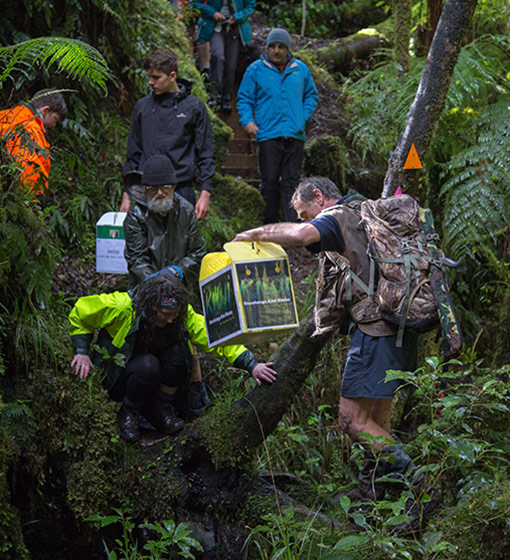
How you can help
Many hands make light work. Keen to join the mission to save the kiwi? Here are some ways you can help.
Protect kiwi
For kiwi to thrive, we all need to work together. Find out what you can do to help save the kiwi, wherever in Aotearoa you happen to be.
Fundraise
To continuing saving the kiwi, conservation groups need funding. Support the mission by making a donation, setting up a fundraising project, or engaging with other fundraising initiatives.
Shop for kiwi
Show your support for Save the Kiwi and some of our wonderful sponsors by purchasing products that will help us do more of what we do.
Donate
Make a quick donation, donate a day of annual leave or invest to save the kiwi.
Awhina mai ki a hoki te kiwi ki te wao tapu nui a Tāne
Help return kiwi to where they used to live
Donations over $5 are tax-deductable in Aotearoa. Thank you for supporting kiwi conservation.
